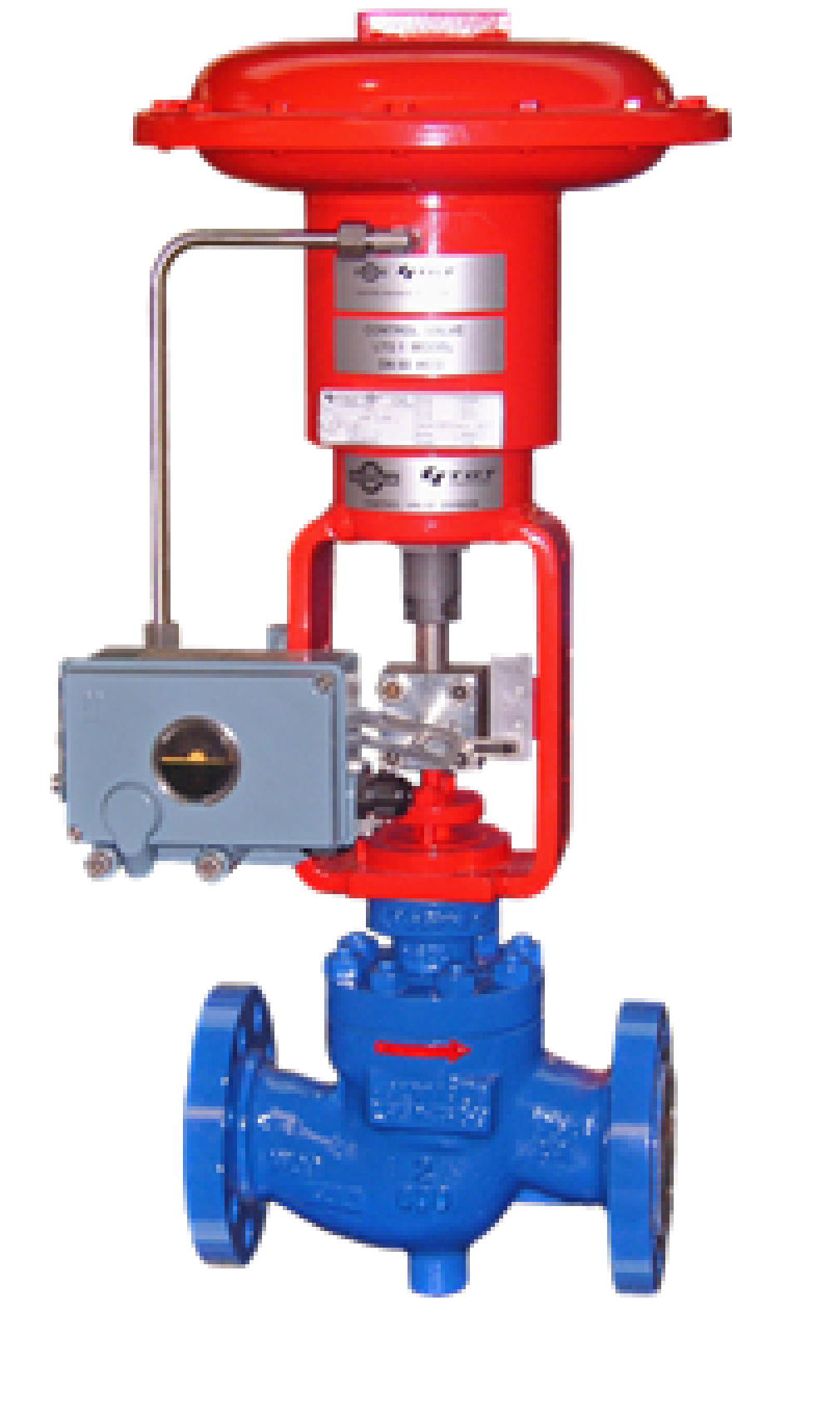
Maximize Energy Savings and Convenience With Advanced Structure Automation Controls
In the world of contemporary style and center monitoring, the integration of sophisticated structure automation controls stands as a crucial improvement. By harnessing the power of automation, buildings can adapt, react, and advance in means that were once inconceivable.
Energy Efficiency Perks
Power efficiency benefits can substantially lower energy consumption and operational expenses in buildings. By applying energy-efficient methods and modern technologies, building owners and operators can achieve significant savings while also contributing to environmental sustainability. Among the key benefits of enhancing energy effectiveness in structures is the decrease of energy costs. Energy-efficient systems, such as innovative structure automation controls, can maximize the use of resources like lighting, heating, and air conditioning, bring about reduced energy costs gradually.
Furthermore, enhanced power efficiency can lengthen the lifespan of building devices and systems. By operating more successfully, HVAC systems, lighting fixture, and other structure components experience less wear and tear, resulting in minimized maintenance and replacement prices. In addition, energy-efficient buildings frequently regulate greater residential or commercial property worths and rental rates, giving long-lasting economic benefits to proprietors.
Additionally, power effectiveness can boost resident convenience and productivity. Appropriately regulated indoor settings with optimum lighting and thermal conditions develop a more conducive and pleasurable workspace, resulting in boosted employee contentment and performance. Generally, the power effectiveness benefits related to innovative structure automation controls are diverse, incorporating cost savings, environmental stewardship, and owner well-being.
Improved Convenience Control
Enhancing comfort control in building atmospheres requires an advanced assimilation of innovative automation systems for optimal resident well-being. By making use of innovative structure automation controls, centers can tailor the interior atmosphere to fulfill the details demands and choices of occupants. These systems enable accurate policy of air flow, temperature, and illumination, creating a comfortable and effective environment. Owner complete satisfaction and productivity are closely connected to thermal convenience, making it necessary to have systems in place that can adapt to transforming problems in real-time.
Improved comfort control surpasses basic temperature level changes. It includes attributes such as customized settings, tenancy sensors, and all-natural light use to create a receptive and dynamic setting. By integrating these innovative controls, buildings can not just improve comfort but likewise improve power efficiency by maximizing system operations based upon actual tenancy and usage patterns. Inevitably, focusing on resident comfort via sophisticated automation systems leads to a more pleasurable and much healthier indoor atmosphere.
Operational Effectiveness Improvements

Furthermore, the execution of real-time monitoring and analytics devices makes it possible for building drivers to identify energy inadequacies and operational anomalies immediately. By continually keeping track of power use patterns and system efficiency metrics, changes can be made in real-time to optimize energy usage and make certain peak operational efficiency. control valves. In addition, incorporating need feedback approaches right into building automation controls can better enhance operational efficiency by dynamically adjusting power use based upon grid conditions and rates signals
Indoor Environment Optimization
Efficient indoor climate optimization is an essential facet of structure automation controls, making certain occupants' comfort and wellness while maximizing energy cost savings. By using innovative sensing units and controls, constructing automation systems can continuously check and readjust temperature level, moisture read more degrees, air quality, and ventilation to develop an optimum interior atmosphere. Keeping regular and comfy conditions not only enhances occupant complete satisfaction however likewise boosts productivity and overall well-being.
Interior environment optimization likewise plays a vital function in energy efficiency. By fine-tuning air conditioning, air flow, and heating systems based on real-time data and tenancy patterns, constructing automation controls can substantially minimize energy consumption - control valves. Carrying out methods such as demand-controlled ventilation and thermal zoning can aid lessen energy waste while making sure that each location of the structure obtains the necessary conditioning.

Sustainable Environment Creation
Structure automation regulates not just maximize interior climate conditions for power performance and resident comfort yet additionally lay the structure for producing a sustainable environment with tactical management of resources and systems. By integrating sophisticated structure automation technologies, such as sensors, actuators, and intelligent software, facilities can keep an eye on and readjust power usage in real-time to minimize waste and lower their carbon footprint. These systems make it possible for anticipating maintenance, identifying possible problems before they rise and optimizing tools here performance to enhance long life and effectiveness.
Furthermore, lasting environment creation expands past energy monitoring to include water preservation, waste reduction, and interior air top quality enhancement. Building automation controls can control water use, find leaks, and make certain correct waste disposal techniques, adding to total sustainability efforts. Furthermore, by regulating and keeping track of air flow and filtration systems, these modern technologies enhance owner health and wellness and performance while reducing power consumption connected with a/c operations.
Final Thought
In verdict, advanced building automation manages deal considerable advantages in terms of energy cost savings, convenience control, functional effectiveness, interior environment optimization, and creating a lasting setting. By implementing these controls, buildings can achieve ideal performance while minimizing power intake and improving passenger convenience. It is evident that using sophisticated automation modern technology is crucial in enhancing structure efficiency and developing an extra lasting future.
Power performance benefits can substantially lower power intake and functional expenses in structures. In general, the power efficiency advantages connected with sophisticated building automation controls are multifaceted, incorporating cost financial savings, ecological stewardship, and resident her response wellness.
Furthermore, integrating demand feedback approaches right into building automation controls can further boost functional effectiveness by dynamically changing energy use based on grid conditions and pricing signals.
Structure automation manages not only maximize indoor environment conditions for energy effectiveness and resident comfort but likewise lay the foundation for creating a lasting atmosphere through critical administration of systems and sources.In final thought, progressed building automation regulates offer substantial benefits in terms of power cost savings, convenience control, operational efficiency, interior environment optimization, and developing a sustainable atmosphere.